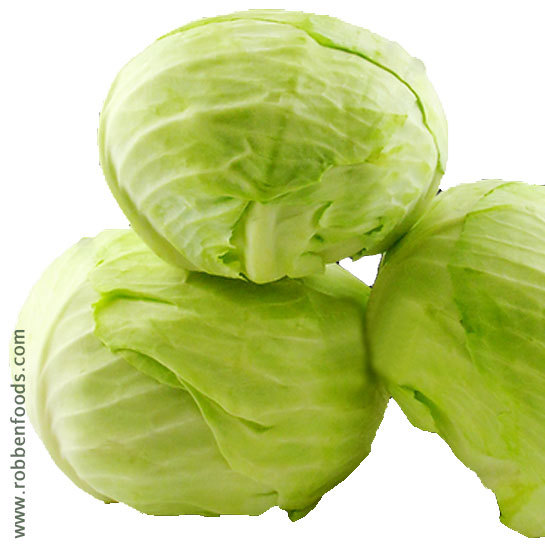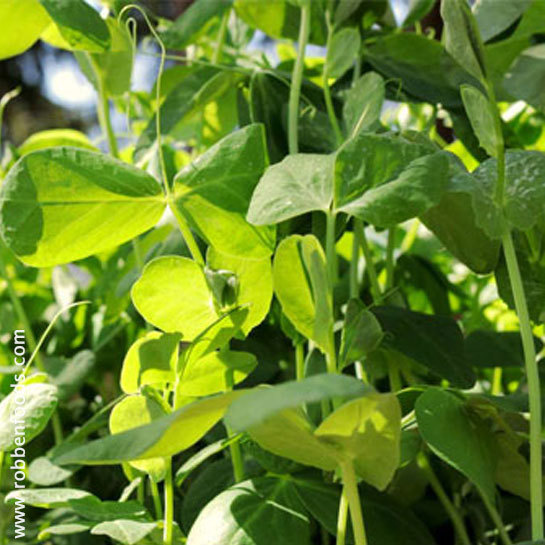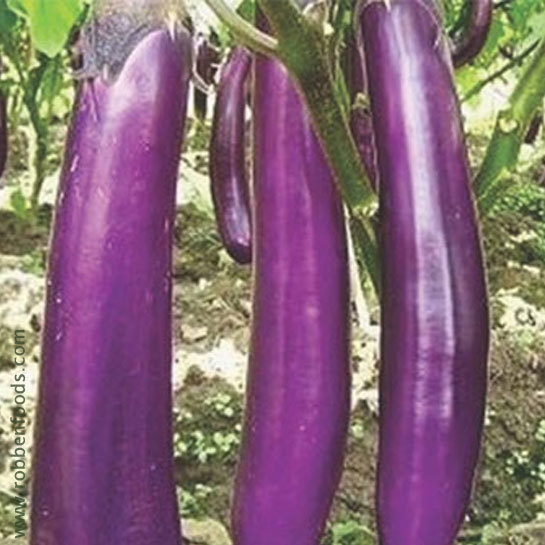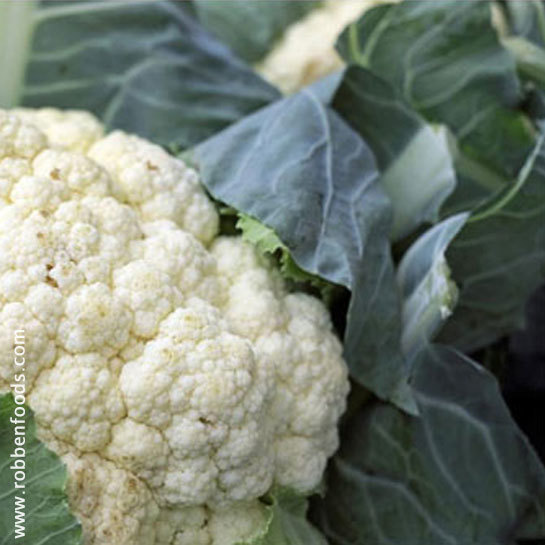A rapidly perennial plant native to Euro-Asia, watercress is one of the oldest leaf vegetable consumed by humans.
Watercress is a leafy green vegetable that belongs to the Brassicaceae family, which includes other vegetables like kale, broccoli, and mustard greens. It is known for its peppery and slightly bitter flavor. Here are some key facts about watercress:
Appearance: Watercress typically has small, round, dark green leaves with thin stems. The leaves are often pinnately lobed, resembling the appearance of some other cruciferous vegetables.
Flavor: Watercress has a distinct peppery taste, somewhat similar to arugula. It also has a slight bitterness that adds complexity to its flavor profile.
Nutrition: Watercress is highly nutritious and is often considered a superfood. It is rich in vitamins (especially vitamin K, vitamin C, and several B vitamins), minerals (such as calcium, iron, and potassium), and antioxidants. It's also low in calories and contains some dietary fiber.
Health Benefits: Consuming watercress is associated with several potential health benefits, including improved bone health due to its high vitamin K content, support for the immune system because of its vitamin C content, and its potential role in reducing the risk of certain diseases due to its antioxidant properties.
Culinary Uses: Watercress is commonly used in salads, sandwiches, and as a garnish for various dishes. Its peppery flavor can add a spicy kick to salads and sandwiches. It's also used in soups and can be blended into smoothies for added nutrition and flavor.
Cultivation: Watercress is a semi-aquatic plant that thrives in moist environments, especially in clean, running water. It can be grown in gardens, but it's often cultivated in watercress beds or hydroponic systems where it can be continuously watered.
History: Watercress has a long history of human consumption and was cultivated by the ancient Greeks and Romans. It was also a popular food in medieval Europe. Due to its nutritional value, it was historically considered a valuable addition to the diet.
Cautions: While watercress is generally safe to eat, it's important to ensure that it's harvested from clean water sources, as it can absorb contaminants from water. Additionally, individuals taking blood-thinning medications should be cautious, as watercress is high in vitamin K, which can interfere with these medications.
Watercress is a versatile and nutritious leafy green that can be a valuable addition to a balanced diet. Its distinctive flavor and health benefits make it a popular choice among those looking to enhance their meals with nutrient-rich greens.
#Watercress



